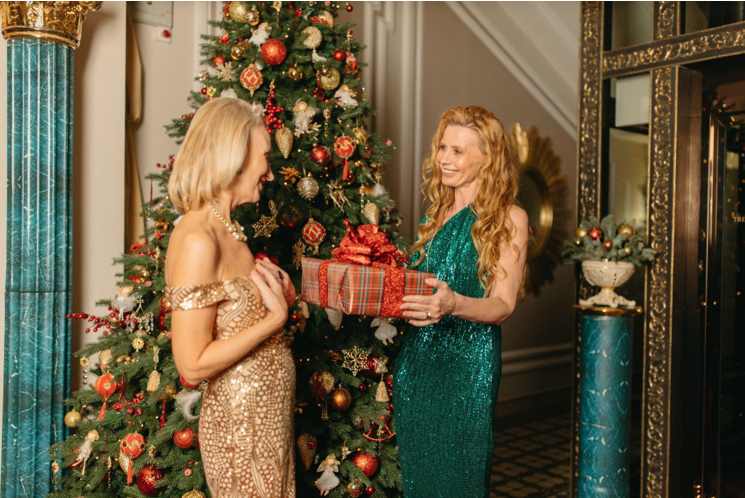Why Christmas Trees Matter in School and College Dorms
As the holiday season approaches, students across every level of education eagerly anticipate a break from studies and the chance to celebrate with loved ones. Whether in a school classroom or a college dorm room, Christmas trees have become a staple decoration for many. But with so many artificial options in the market, the pursuit of finding the most realistic Christmas tree can be daunting.
Apart from aesthetics, decorating Christmas trees is significant in promoting educational institutions’ inclusive and celebratory environment. School and college administrators often encourage the celebration of holidays as it brings the community together and imparts valuable cultural knowledge. The choice of decor, therefore, becomes a representation of the school or college values. A realistic Christmas tree portrays a strong sense of attention to detail and creativity, enhancing the overall student experience.
Natural vs. Artificial: Weighing the Pros and Cons
As the demand for realistic Christmas trees increases, the debate between natural and artificial trees remains persistent. While wild trees provide a unique fragrance and the feeling of being in nature, artificial trees offer more accessibility, longevity, and safety from fire hazards.
Modern technology has advanced the design of artificial trees, and they now come with features such as pre-lit and pre-decorated options. However, investing in a high-quality artificial tree that looks and feels realistic can be expensive. On the other hand, natural trees demand ongoing maintenance, and their disposal after the holiday season can be challenging.
The issue of sustainability should also be considered when choosing between natural and artificial trees. Artificial trees are made from non-biodegradable materials and can have lasting environmental impacts. Real trees require pesticides and fertilizers, and their transportation can have significant carbon footprints.
However, an eco-friendly option is to opt for potted trees that can be planted outside after the holiday. A bonus of using natural trees is that they support the local farming industry.
In conclusion, choosing the most realistic Christmas tree depends mainly on personal preferences and values. Education is not limited to academic studies but also encompasses learning about cultural traditions and promoting inclusivity. While artificial trees offer convenience and safety, natural trees impart an experience close to nature and support local farming. With an understanding of the pros and cons, one can make an informed decision and ensure that the Christmas tree aligns with their values and promotes a positive atmosphere in the school or college community.

